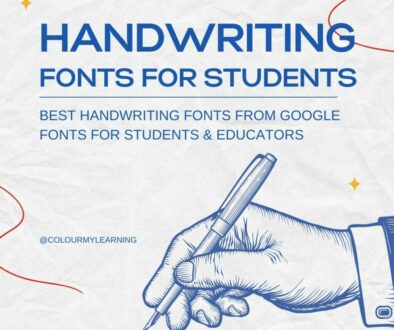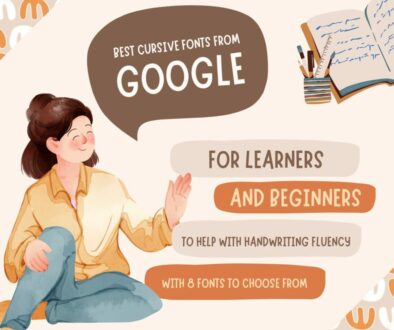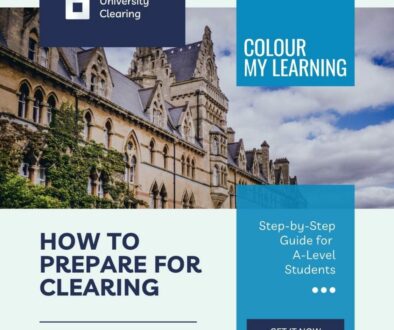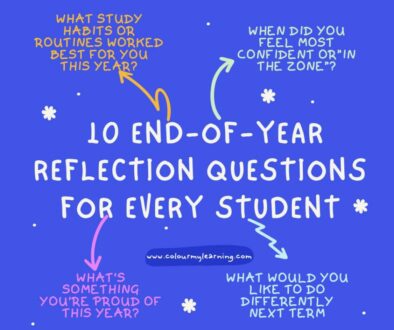How Can Teachers Embrace eLearning
On-line learning has gained a great deal of traction in the last few years. What was almost exclusively seen as a tool for adult, specialised learning is now in the classrooms and homes of our students.
This is the next evolution of the Self-Learning-Modules used extensively in the science fields and computer courseware. The brick and mortar institutions are becoming a thing of the past. The world is a classroom now.
This creates a significant upheaval to the traditional teaching methods and what is expected of a teacher. This also places a greater responsibility on the parents to be actively involved in their children’s education, or for the corporation/industry to ensure their staff is well trained and up to date on all the information they need to succeed.

How can eLearning make you a great teacher?
Imagine being able to teach and engage students in marginalised areas of a city, or even extreme remote areas, traditionally difficult to reach or get teachers to go and live in remote islands or even on ships at sea!
As an experienced and proactive teaching professional, you can embrace the concepts and methodologies of the new eLearning world and take control of your courseware. Be able to adapt it to your various students or audience.
But first, you need to understand the environment in which you are operating:
- Does your organization actively support eLearning?
- Does it have the required infrastructure to support it now, and in the future?
- Does your curriculum accommodate eLearning best practices?
- Are you, as an independent teacher or learning professional set up to manage all the requirements to embrace and offer eLearning?
- Do you have the resources and time allocated to adapt of build the courseware on an eLearning environment?
Through the use of the internet, YouTube, Skype, Twitter, Smart-boards, Collaborative Blogs and Podcasts your reach is extended (and broadened) so you can engage more students in effective ways.

eLearning is not a new concept at all and you can leverage the experience of others and incorporate their techniques into your teaching structure.
eLearning can be conducted remotely, through a web portal, or in a physical classroom, using PCs or tablets. Each student will be able to progress at their own pace. The level of engagement with your students will not diminish through eLearning. More than ever they will need your guidance and expertise as they make their way through their lessons and courseware. You will still have to grade them and offer feedback as well as assist them with projects and research. eLearning also allows the curriculum to go outside the classroom and into the world more effectively.
The Realities
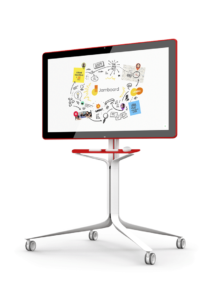
Skills are taught using interactive methods – not tools. eLearning promotes consistent habits and methodologies, allowing the student to approach the material and content in the manner they are best suited.
Whiteboards and chalkboards are now replaced with interactive, collaborative smartboards which allow both student and teacher to share ideas, concepts and conclusions. Screen sharing also allows the teacher to immediately display material and content to the student, or for the teacher to take over the student’s computer to better show how to do something or assist.
Google is reviving the interactive and collaborative smart board with Jamboard, a digital, collaborative 55-Inch 4K touch-enabled whiteboard that lets you share ideas and collaborate remotely. Students or team members can access the same board in real time via their smartphone or tablet. The board also comes built-in with HD camera, speakers and WiFi connectivity. It works with Google’s G Suite and saves everything you do in the cloud.

Massive changes to the textbook industry are afoot. Now instructional content will be current, all the time. Frequent updates as information is validated will be available to both the teacher and the student. Expensive and outdated books will be a thing of the past.
10 Benefits to Teachers
Learning is not a one-time event in our lives. We are learning at every turn of our education, career and personal hobbies and interests. As we evolve, so must change our view of learning, as a student and a teacher. To embrace eLearning is to identify the benefits and advantages of using it and how to leverage this to maximise the teaching and learning experience.
- You can teach with confidence, knowing your materials are relevant, current and consistent.
- No longer geographically constrained. You can teach from anywhere to anyone, no matter where they are located.
- You can pace your lessons to the individual student and physical/virtual classroom. If remotely, you can use online workshops, webinars or virtual meetings.
- Will have more immediate lesson comprehension on student progress. Can respond and adjust lesson progression to suit.
- Access to commonly used materials (proven) and content as well as curriculum structure and age-appropriate methodologies.
- Leverage others’ experience and successes, and share yours! You can partner with other teachers to review your course content and curriculum and get their feedback. If you are teaching the same subject, you can jointly develop and share the content with others instead of doing it on your own. Online learning content can be duplicated or exported and customised to suit your requirements.
- Industry best practices are at your fingertips. eLearning courses are prepared with broader experience and deeper research. Because the content can be quickly updated, you are confident knowing that you are accessing the most recent teaching materials. You can also adapt this easily to suit your audience and achieve your learning targets.
- Pro-active and controlled self-evaluations. At the conclusion of each course, you will be able to assess your success or challenges with the content and your student’s ability to manage it. This will allow you to make adjustments faster, ensuring the success of your students. Final assessments can be handed in and graded online with feedback to go with it.
- If you are teaching adult students in a corporate or industrial environment, it allows you to be more efficient with your time (no travel) and you will be able to offer immediate feedback to their managers to aid in follow up sessions or individual sessions if needed. This also keeps costs down for the organisations seeking an eLearning resource, such as yourself.
- Immediate answers to questions or concerns through an interactive interface that connects you with your peers and industry experts – around the world. The best eLearning environment and online learning content are often backed by a community of learners and facilitators whom are on hand to offer their insight and support.

eLearning is super eco-friendly and will drastically reduce your carbon footprint!
Final Thoughts
Whether you are in a physical classroom, set up to teach remotely or a mobile instructor, through the use of eLearning methodologies and tools, you are able to reach out an affect many more students, young and old in all scenarios.
By embracing both the technologies available, like Skype, Collaborative Blogs, Smartboards, eLearning environment and more, you are able to offer a diverse curriculum catered to your intended audience. By receiving immediate feedback, you will be able to adjust your courseware as needed and provide your students with the information they need, guaranteeing their success, and yours. If you haven’t already done so, it’s time to embrace eLearning in your teaching.
Edited by Samuel Tan




